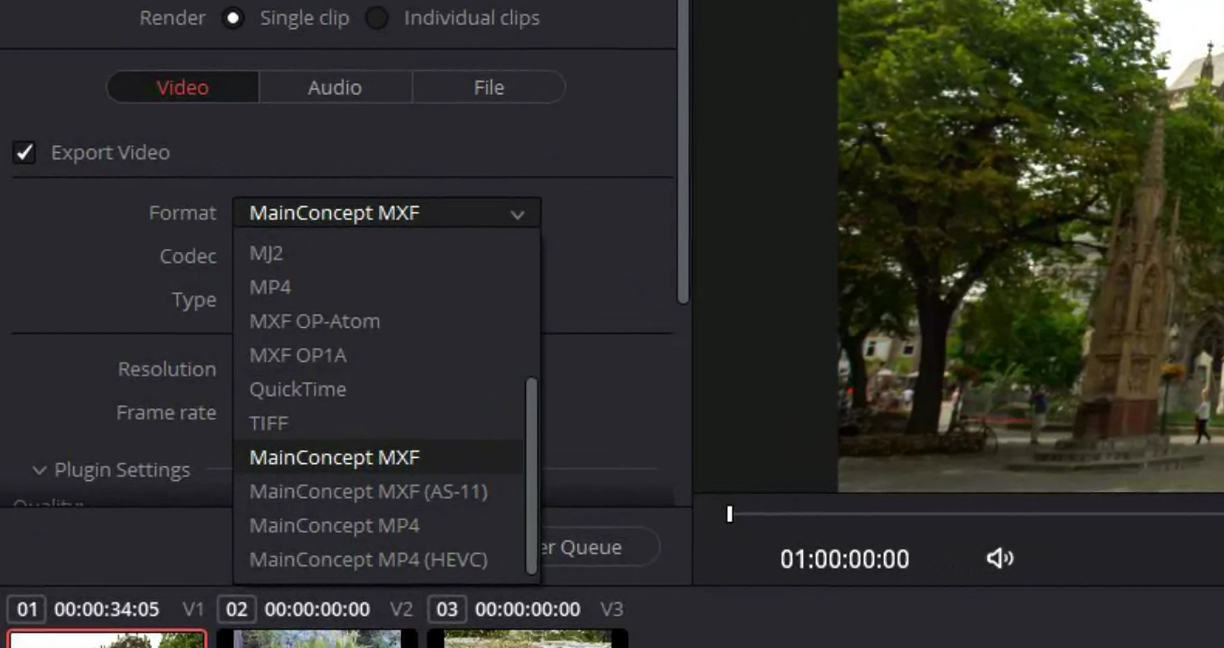

- Davinci resolve studio vs final cut pro x full#
- Davinci resolve studio vs final cut pro x professional#
- Davinci resolve studio vs final cut pro x free#
Davinci resolve studio vs final cut pro x free#
As well as many free and paid tutorials to allow you to try before you buy. Thankfully there are free demos or versions of all of these NLEs. Because people generally prefer what they are used to, solicitations from your friends or other experienced editors may take you down a biased path. These tools have somewhat different learning curves. Upgrades have been free since the original release of FCP X.Īdobe Premiere Pro: $20-$80 per month, depending on your subscription.ĭavinci Resolve: Free for single users, $299 for a more capable version that allows multiple users. For industry standard color controls and a tight post-production pipeline, try Resolve, which has editing, color, sound mixing and nodal visual effects built in.Īll that said, here’s the basic price of each at the moment.Īvid Media Composer: from $200 per year to $1300 for a perpetual license.įinal Cut Pro X: $299. For deep integration between apps, consider Adobe’s Premiere Pro as part of the Creative Suite. For a project with very complex organizational needs or for projects cutting on camera original footage (not proxies), Final Cut Pro X is a great choice. For example, are you working with many editors (picture editors and sound editors) attached to shared storage? Media Composer is the first choice for that in Hollywood.
Davinci resolve studio vs final cut pro x full#
Depending on your use case, you have several options to consider: full purchase, subscription, or free.Īll of these NLEs are capable but have different strengths. Let’s look at this from the perspective of an individual, rather than a company with negotiating power and lots of resources. While this may seem like a small difference, it marks a deep change in the way that the editor works. While Avid, Premiere, and Resolve use tracks as the primary way of arranging clips on a timeline, FCP X uses a magnetic timeline to avoid tracks entirely. It is, however, different from the other three in its core design.

I have become a FCP X user and used it at the highest level, a major studio feature film.
Davinci resolve studio vs final cut pro x professional#
In the years since its release, the missing features have all been filled in (and then some), bringing FCP X back up to the professional level. Some will be very passionate about their views. The release and complete rewrite of Final Cut Pro X upset a lot of editors (this one included) and created a very emotional divide among some professionals. It was new, it was different, and when it originally came out, it was lacking many professional features. In 2011, Apple rewrote and reimagined the NLE from scratch, building the tool around a very different paradigm from the traditional track-based and bin-based tools. Apple’s Final Cut Pro used to also fit nicely into this description, up through version 7. Video tracks, audio tracks, bin organization, and similar naming conventions.

Traditional vs Nontraditional LayoutĪvid, Premiere, and Resolve all work on a common and traditional paradigm. We’ve identified a few major areas of differentiation.

That said, each tool is different, has its own history, and is best suited to particular types of projects. When it comes to professional NLEs, there are four clear leaders: Avid’s Media Composer, BlackMagic Design’s DaVinci Resolve, Apple’s Final Cut Pro X, and Adobe’s Premiere Pro.Īll four of these are excellent tools fully capable of handling almost any editing task.


 0 kommentar(er)
0 kommentar(er)
